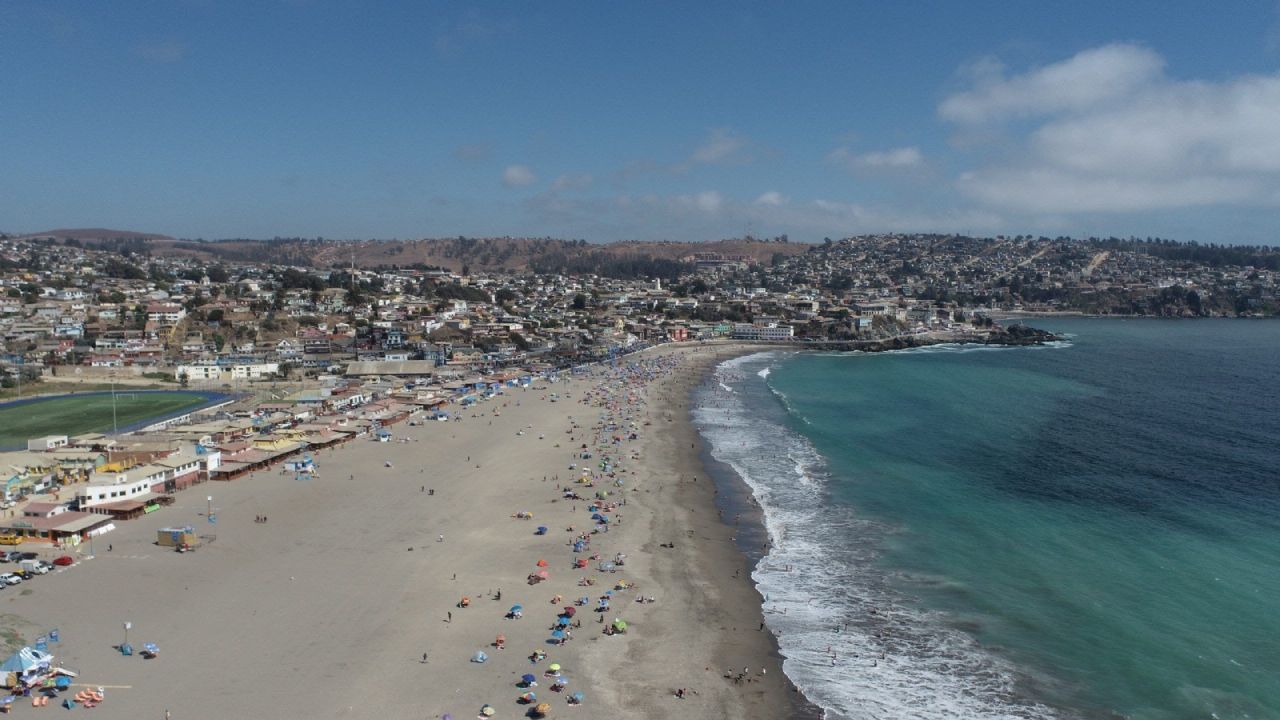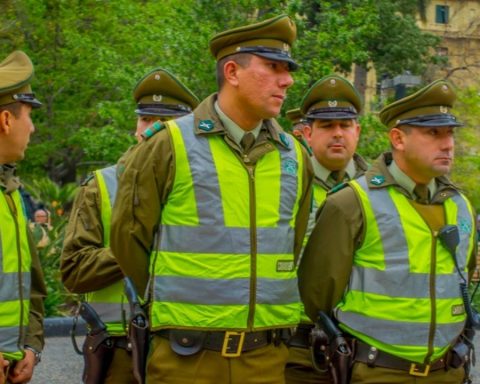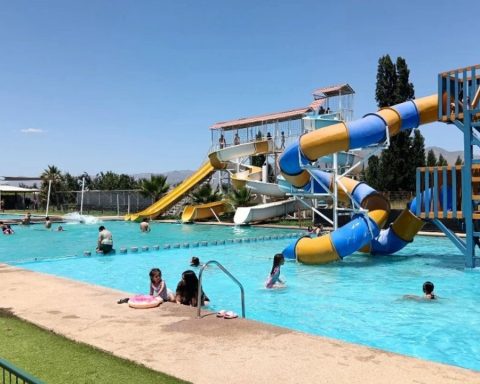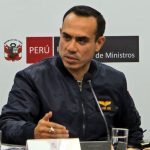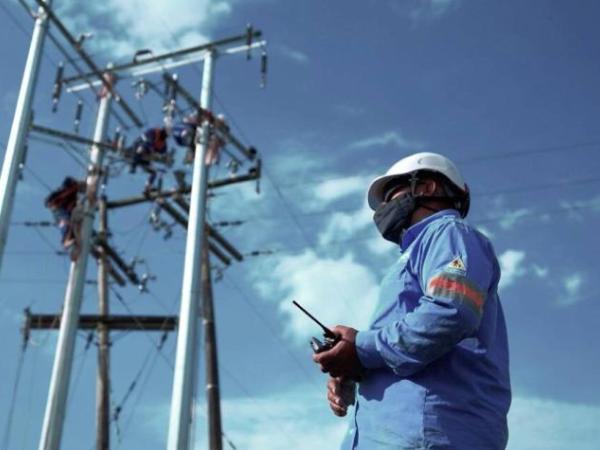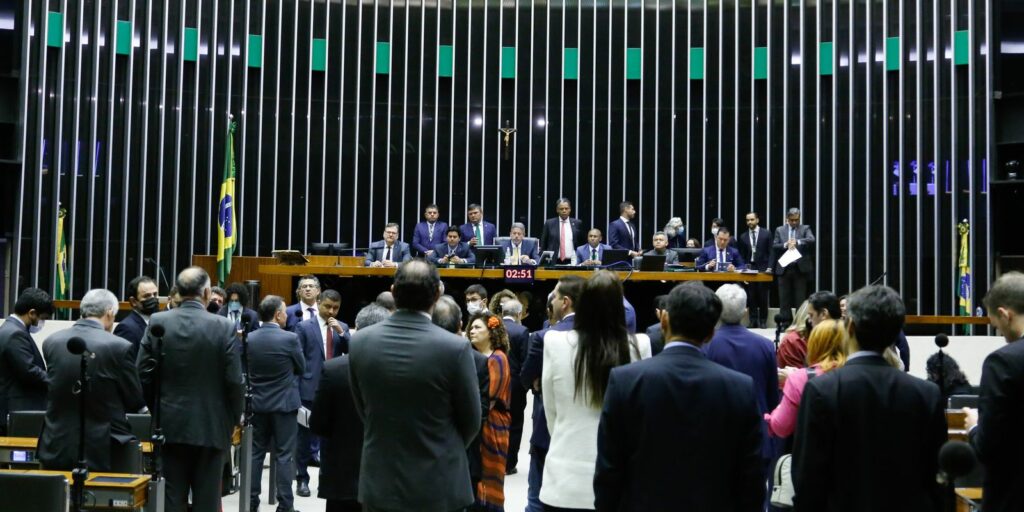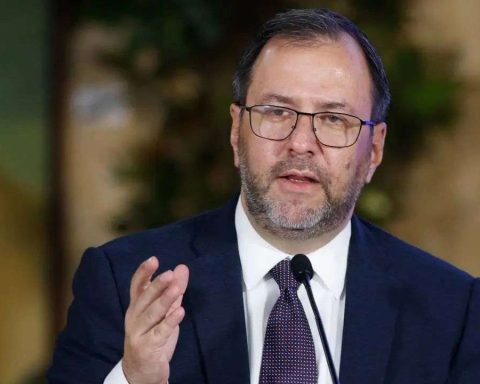Created to finance projects that contribute to increasing the competitiveness of the national economy and improving the quality of life of Chileans, the FONDEF 2022 have just been awarded and four projects are led by researchers from the Pontificia Universidad Católica de Chile and CIGIDEN. These awarded projects are associated with Disaster Risk Management (DRM) and will have a duration of two years.
Alondra Chamorro, principal investigator of CIGIDEN and UC Engineering academic, leads the project “Development and application of a traffic interruption model due to failure of road slopes due to extreme weather events”, which obtained the highest evaluation score of the IDeA FONDEF R&D Contest 2022driven by the National Research and Development Agency, ANID.
With a strong scientific and interdisciplinary component, the expert UCcomments that this project is a great challenge as it is a public-private collaboration between the academy and institutions such as COPSA, the MOP’s Roads Directorate, and the support of the CPI, among others. “Our purpose is to develop instruments for public policies that improve the resilience of the road network and guarantee the reduction of disaster risk over time,” says the engineer.
health networks
Along the same lines, the principal investigator of CIGIDEN and academic of UC Engineering, Juan Carlos de la Lleraleads the recently awarded project “Platform for simulation and risk assessment for integrated management and optimal planning of critical resources in emergency health networks to face extreme conditions in hospital demand.”
“It is a very ambitious project that seeks to generate a computational tool (SimPlaNeR: Simulation Platform for Network Resilience), which allows simulating and quantifying the performance of the emergency health network at the national level, in its current state and considering different mitigation measures. . In the pilot case, the South East and Maule Metropolitan Health Services will be considered.Explain.
According to the former dean of UC Engineeringthe program will be modularized and will allow the incorporation of state-of-the-art models from a large number of disciplines, including hazard (initially, seismic and tsunami), exposure, fragilities, risk calculation, multiscale simulation (region, service, enclosure) of the operation of the emergency health network (agent and discrete event simulations), optimal selection of mitigation measures, and user-friendly visualization of results for the decision maker. «All this fed with real data and contemplating the use of big data techniques»assures de la Llera.
The aim of the project is to develop the software, implement it in pilot Health Services, and train staff to use it as a planning tool.
“This will allow a better response to future emergencies (eg, a large-magnitude earthquake), CIGIDEN complements and researcher”. In stages after this Fondef, he adds, the platform is expected to grow to cover the national emergency health network, and to become a world benchmark for integrated simulation platforms. Given the generality of the program, it can be adapted to other threats such as floods and tsunamis, and used in other countries (previous generation of the models).
The director of CIGIDEN and academic of the Department of Hydraulics UC, Rodrigo Cienfuegosmeanwhile, will lead the project FONDEF IdeA R&D called SIMONA Costawhich will allow the development of a coastal resilience monitoring and anticipation system.
“Chile has particularly critical gaps with respect to coastal areas. On the one hand, this coastal space receives greater anthropic pressure, there is a growing social appreciation of the coast and the sea as natural spaces for protection, conservation and restoration and, finally, we are experiencing an alteration of natural dynamic processes due to climate change that require data and information at high spatio-temporal resolution for better understanding”explains the UC hydraulic engineer.
Therefore, it complements the expert CIGIDEN, SIMONA Costais conceptualized as the integration of an image acquisition system, projection of images to the real world, forecast modules for climatic and oceanographic variables, machine learning algorithms to go “learning” continuously as the database grows, as well as participatory methodologies to support the development of new indicators and metrics for the coastal zone that support the development of new governance models.
Seismic classification of sites
While the investigator CIGIDEN and UC Engineering academic, Esteban Saez, will carry out, together with his team, a two-year study that will make it possible to develop a tool or guide for dynamic site characterization and a draft standard for obtaining Vs and T0 parameters based on surface wave techniques for the seismic classification of sites. “The guide, as the first result of the project, seeks to unify the state of knowledge of MOS-based techniques in a document designed to facilitate transfer to the professional world and establish indicators of uncertainty in its results,” he explains.
This document, adds the engineer, has the scope not only to discuss in detail the obtaining of the current regulatory parameters, but also to prepare the bases for future evolutions that said regulations may have and characterizations and interpretation of situations that by nature escape the regulations. . “Although the guide will be a valuable document that will favor the proper use of MOS, there is an immediate need to generate a regulatory draft related to obtaining Vs and T0, `Geophysical techniques based on surface waves for the dynamic characterization of sites’ »complements the Sáez.
According to the UC expert, this second result of the project will be a mature document that is feasible for public consultation in a short time, in order to speed up its promulgation. «This result will be developed in parallel with the preparation of the guide since it constitutes a fraction of the scope that is intended to be given to said document»he concludes.
